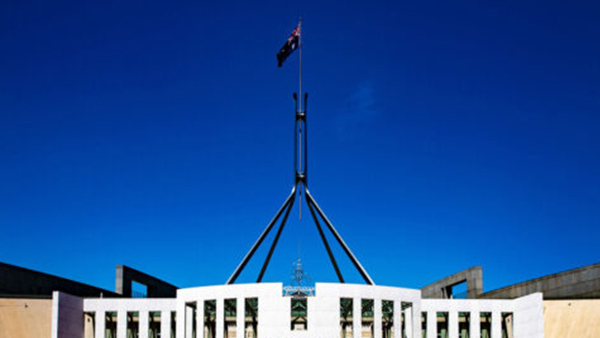
Federal Budget 2023-24
Lady Luck has once again looked down fondly upon Australia, creating the first budget surplus in 15 years, through a higher tax take on record export earnings and increasing income tax receipts from higher job numbers. But how long will the good times last?
Domestic economic growth is expected to buckle under the weight of higher interest rates. As a result, annual gross domestic product is expected to fall to just 1.5 per cent in 2023 -2024, recovering slightly to just 2.25 per cent the following year.
This low growth forecast, down from 3.25 per cent currently, comes despite an expected surge in immigration numbers to 300,000, while inflation is forecast to stay stubbornly close to the 6 per cent mark for 2022-2023.
The Budget papers suggest inflation will eventually fall within the Reserve Bank’s guidelines, but not for some time, raising the possibility of stagflation engulfing economic growth.
At the same time, unemployment is expected to rise from its record low level of 3.5 per cent to 4.5 per cent the following year and remain at this level for the foreseeable future.
Nonetheless, this is a true Labor Budget. The Federal Government will boost Job Seeker payments by $40 a fortnight, provide greater rent assistance and energy subsidies to low-income households, as well as lower medicine costs and provide cheaper doctor visits for all Australians.
Increased wage payments for those working in the aged care sector and increased childcare subsidies should also help to reduce the pressure on working families struggling to deal with the recent uptick in cost-of-living pressures.
An estimated 60,000 single parents will also be able to claim the Single Parent welfare payment benefit from September 1, with the Government lifting the eligibility age for the youngest child in a family from 8 to 14 years.
The Government insists these measured spending increases are targeted and restrained and will work to reduce the rate of inflation. However, only time will tell if the Reserve Bank agrees that a lift in overall government spending via the Budget will work to bring down prices.
The Government hopes to reduce housing pressures by encouraging investment in rental housing by lowering the annual profit on build-to-rent projects from 30 to 15 per cent. But beyond this, this Budget has very little to help struggling businesses.
It does, though, include some $4 billion to encourage new green energy programs, including $2 billion to support large-scale hydrogen production and $1.3 billion to help households upgrade their existing homes through the Household Energy Upgrades Fund.
At the same time, big-ticket items within the Budget just get bigger. There is a brave estimate that spending within the NDIS will be restrained, yet there is no actual strategy for achieving this other than to reduce waste.
The cost of providing health services has never been higher, while defence spending is expected to surge to $20 billion over the next four years, including some $9 billion to be spent on the new AUKUS nuclear-powered submarines.
Little has been done to boost Government revenue beyond more fairly taxing windfall profits in the gas industry and increasing the tax bill for super accounts with more than $3 million in assets. Beyond this, nothing has been done to address the structural challenges within the Budget.
Meanwhile, there is already unrest that the Job Seeker allowance is not being increased sufficiently to pull recipients out of poverty, with cost of living pressures at record highs for Australia’s most vulnerable people. All at a time when the Budget is in surplus.
If you have any questions or concerns about how these changes may affect you, then Frank Da Luz is your man. Frank is our Guru of Financial Planning and he’s awaiting your call!
This article contains information that is general in nature. It does not take into account the objectives, financial situation or needs of any particular person. You need to consider your financial situation and needs before making any decisions based on this information.